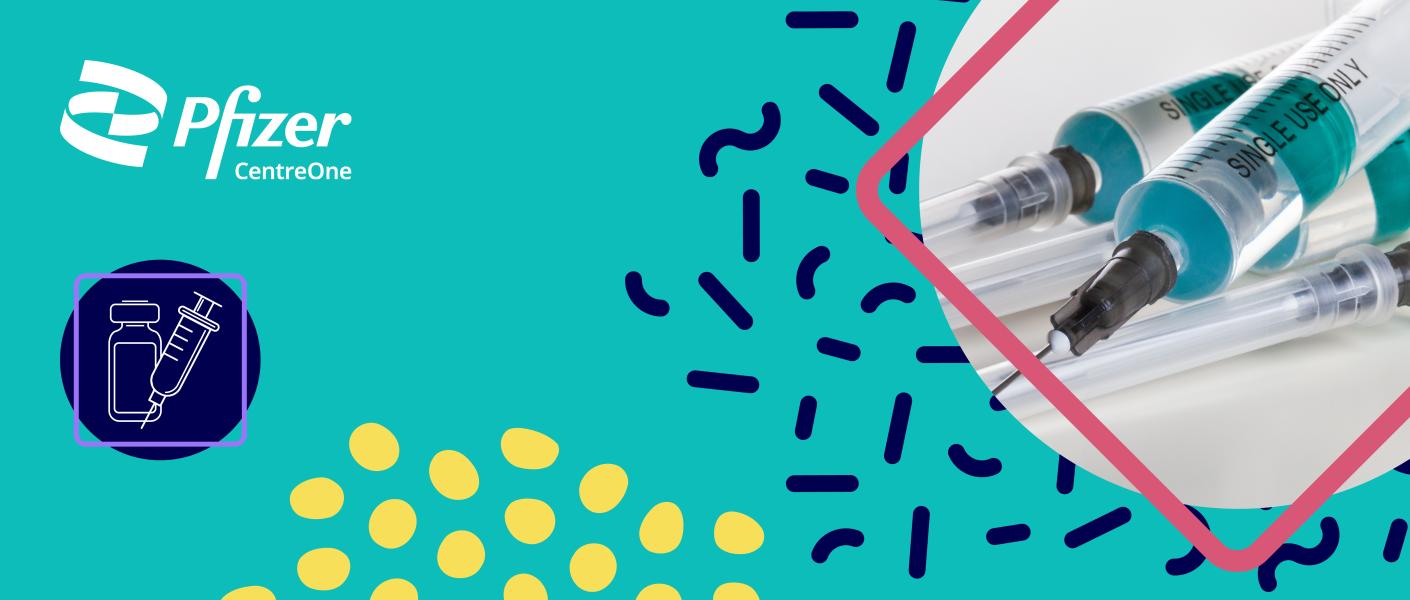
The essential steps in evaluating a pre-filled syringe system
When evaluating a PFS system, developers must consider the physicochemical properties of the drug product and the impact on its quality as it is in contact with the different components of the container closure.
There are many factors involved during the selection process that must be factored in:
- Nature of the drug product (small molecule or biologics)
- Formulation composition (high salt concentration and high solution pH prompts glass delamination)
- Sensitivity to oxygen in the headspace, or oxidants, like tungsten traces present in some PFS types (can affect a biologics’ potency, and purity)
- Headspace volume (affecting plunger stopper movement during shipping, thus compromising closure integrity)
- Siliconization levels (affecting device functionality or promoting aggregate formation on sensitive biologics)
Closure testing
To ensure the development of an appropriate and high-performing PFS delivery system, a number of screening studies for suitable parts are needed.
As sterility is the most important critical quality attribute of a parenteral/sterile drug product, container closure integrity testing is one of the key tests to be performed to ensure the combination product is in full GMP compliance.
Suitable high throughput methods here include:
- High Voltage Leak Detection (HVLD) might sometimes not be suitable for biologics but be fine for small molecules.
- Headspace analysis by frequency-modulated infrared spectroscopy (e.g., Lighthouse)
Dye ingress, or pressure decay, could also be implemented for most container formats but are low throughput and destructive methods that can only test a few units, rather than an entire lot.
Test methods
More broadly, the availability of analytical test methods is important to carry out suitability studies of the different commodities (glass barrel, plunger stopper type, etc.).
Test methods are defined in ISO 11040-4, Part 4 (Glass barrels for injectables), Part 5 (Plunger stoppers for injectables), Part 6 (Plastic barrels for injectables), and Part 8 (Requirements and test methods for finished prefilled syringes).
Other tests are outlined in ISO 80369 for small bore connectors for liquids and gases in healthcare applications: Part 1 (Small bore connectors) and Part 7 (Connectors for intravascular or hypodermic applications).
For biologics, the requirements are based on technical report number 73 from the Parenteral Drug Association (5), ISO 2859 (Sampling procedures for inspection by attributes package) and ISO 3951 (Sampling procedures for inspection by variables).
Tests that should be performed on empty syringes typically include:
- Glide force testing to evaluate syringe lubrication
- Pull-off force testing of the tip cap or the needle shield
- Flange break resistance testing
- Luer cone breakage resistance testing
- Needle penetration testing
- Needle pull-out force testing
- Luer lock adapter collar pull-off force testing
- Luer lock adaptor collar torque resistance testing
- Luer lock rigid tip cap unscrewing torque testing
It’s imperative that ancillary facilities and equipment (stability chambers, compounding capabilities for lab batch scales, specific analytical instrumentation) are available. A substantial supply of commodities is also essential otherwise delays could happen when transferring samples to a third-party testing facility or the pharmaceutical company’s own laboratories.
Further insights
Our whitepaper: ‘Considerations for migrating a drug product presentation from vial to pre-filled syringe’ Martin Gonzalez, Ph.D., Sr. Manager Formulation and Process Development at Pfizer CentreOne explores the most relevant engineering activities that are necessary to successfully transfer a product from vials into a PFS presentation.